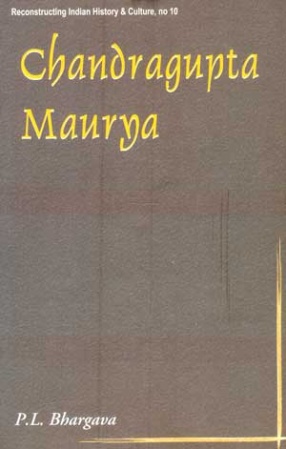Buddhist Monastic establishments had much in common both in purpose and objective throughout India. The monastery modelled in the form of dwelling-cum-educational unit with temple within followed an age old tradition. The embellishment of monastic complex with lime/stucco decorations became widespread in Post-Gupta period which was however replaced by terracotta plaque decoration in the later period. The present discovery of a Pre-Pala Buddhist monastic establishment with two distinct structural phases at Moghalmari in Paschim Medinipur by the Department of Archaeology, University of Calcutta is a significant landmark in the history of Bengal. The earlier structural phase dated to AD 7th/8th century represents a huge monastery extensively decorated with lime/stucco decorative elements, while the later phase dated to AD 12th/13th century shows the decadent phase of structural activities devoid of external decoration. This possibly indicates the gradual decline of Buddhism as experienced at other Buddhist monastic sites of Bengal.
Excavations at Moghalmari: First Interim Report (2003-04 to 2007-08)
In stock
Free & Quick Delivery Worldwide
reviews
Bibliographic information
Title
Excavations at Moghalmari: First Interim Report (2003-04 to 2007-08)
Author
Edition
1st ed.
Publisher
The Asiatic Society, 2008
Length
xx+116p., Tables; Figures; Colour Plates
Subjects







There are no reviews yet.